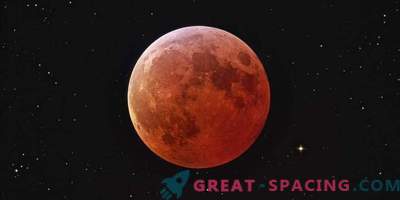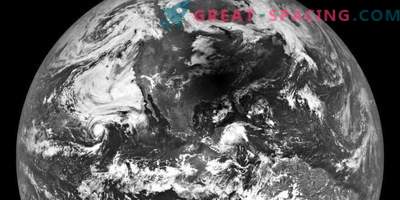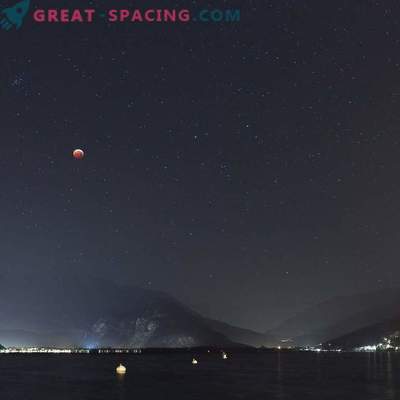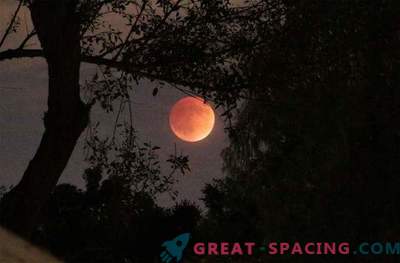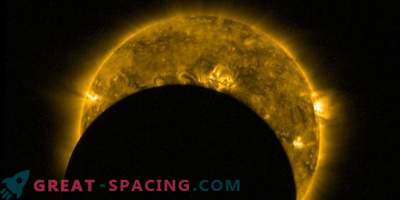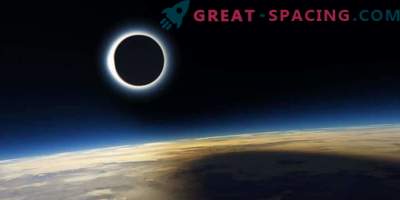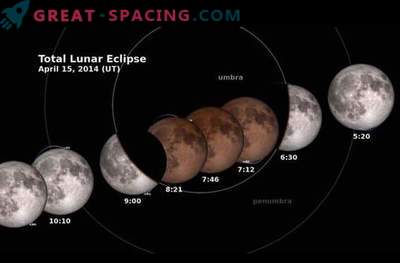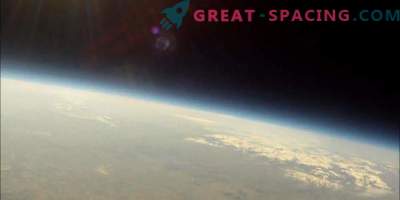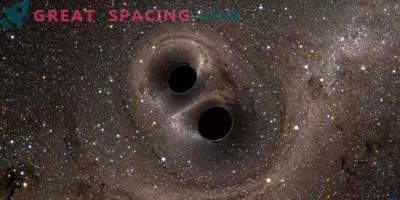
Partial Solar Eclipse in Outer Space (May 25, 2017)
The Solar Dynamics Observatory managed to capture a solar eclipse in space on May 25, 2017. She managed to catch the moon passing in front of the star. This transit took almost an hour, and the satellite covered 89% of the solar scale. Here you can see a clear lunar horizon, because the satellite is devoid of the atmosphere that can distort the light.
Although the edges look smooth, but it is not. The surface of the moon is covered with craters, grooves, mountains. Take a closer look and you will see a bumpy contour. On August 21, another lunar passage is expected, but the satellite will cover only a small part of the star.
It is important to note that lunar irregularities affect what the earth's eyewitness observes during a total solar eclipse. Rays of light intersect the valleys of the satellite along the horizon and create Bailey beads — bright points of light that signal the beginning and end of fullness. The lunar surface also creates a complete shadow. The sun sends rays through the valleys and adds edges. They are deformed much more if they cross mountain ranges.
Scientists used LRO data (lunar reconnaissance orbiter) and Earth topographic information from NASA to convey the impending eclipse in detail. It can be seen that the shape of the full shadow changes over time. It turns out that we notice not a simple ellipse, but an irregular polygon, whose edges are slightly curved.
Now the LRO is collecting information about the satellite in order to study in detail the structure of the nearest neighbor. Understanding the shape of our planet and satellite will help to more accurately predict the shape of the shadow on August 21.



